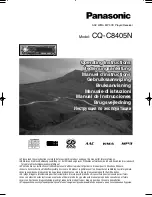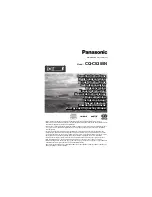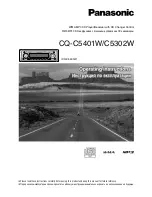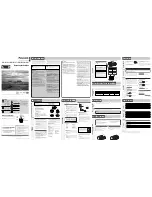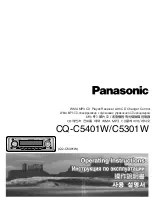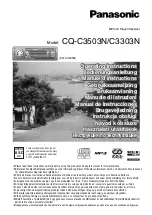
11
Operational Notes
The eFilm Reader-11 is compatible with all CompactFlash™ Cards that comply with
specifications regulated and certified by the CompactFlash Association (CFA), and SmartMedia
Cards that comply with specifications set forth by the SSFDC Forum.
• A corrupt file on your CompactFlash or SmartMedia card can cause a device failure or system
crash when transferring files to your computer. Recovery programs such as Scandisk can be
used to detect and repair most disk errors. It may also be necessary to re-format the card,
which will erase all files stored on the card. Some of the causes of file corruption are:
> Unsteady power supply while transferring files, such as a low camera battery or improperly
connected Reader.
> Card removed from Reader or camera, or any other type of interruption while transferring or
accessing files.
> Improperly formatted card.
• A CompactFlash or SmartMedia card that cannot be accessed by the Reader can be placed
back in the camera, where the cameras picture viewing option can be used to determine if the
card is functioning normally. If the card no longer functions in the camera, this may indicate a
file corruption or other problem with the card.
• Minor malfunctions while using the Reader-11, such as system hangs, can usually be resolved
by simply re-booting the computer. Serious or recurring malfunctions may require a re-
installation of the eFilm Reader drivers.
Your new Reader is part of a system of seven primary components. Each must function correctly
and compatibly in order to complete the simple process of moving files from your device to your
computer. The seven components involved are
the eFilm Reader-11, your digital camera or
multimedia device, the CompactFlash card, the USB Interface, the computer (and its numerous
components), the software drivers, and the operating system
.
Test Drive Your Equipment
Your new Reader is part of a system of components that must function correctly and compatibly
in order to complete the simple process of moving pictures from your camera to your computer.
The components involved are the Reader, Camera/Multimedia device, Storage Card, Computer
(and its numerous components), USB Interface, Software Drivers, and Operating System.
Many of the pictures you take will be irriplacable, so we advise that you put all of your equipment
through a dry run before taking pictures of your vacation, wedding, etc. This will not only insure
that your equipment is functioning, but will also familliarize you with the process of file transfer.
Take a few pictures with your camera and use the viewing option to check that they are stored
correctly. Then insert the card into the Reader and use the transfer method you are most
comfortalble with
–
drag and drop, copy and paste, etc. We recommend that you do not use any
third party transfer software, such as that supplied with many cameras, in conjunction with the
Reader, as the results can be unpredictable. Some multimedia devices, such as MP3 players,
may require a specific media program to format or transfer files.
Once the pictures are stored on your hard drive, open them one at a time and check that they are
to your satisfaction. Remember that picture quality is determined first by the resolution option
chosen when taking the picture, and then by the screen resolution and color quality settings of
your monitor. Experiment until you are happy with the results and comfortable with the process.
Then you can simply delete the test pictures from the card to return it to its original state. One of
the advantages of digital media is its re-usability.














